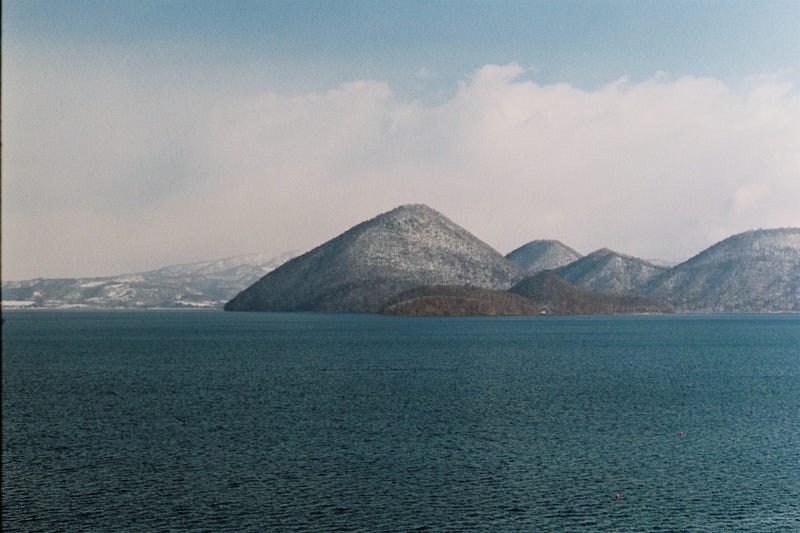Coaching is unique because no two coaching conversations are ever the same. Each individual brings their unique perspective to the table.
This makes coaching so interesting – every interaction is an opportunity for learning and growth. Each person has their own story, which shapes how they view the world. Their perspective is their truth.
As a coach, it is essential to be aware of these differences and find a way to balance structure with flexibility, process with responsiveness. In this week’s issue, we explore some of the dialogic nuances together.
It is worth noting, dear reader, this is an exploration in real-time. I will reflect and let my curiosity guide me, and my writing will lead me to clarity.
Structure Vs Story
Part of me has consistently pushed back against too much process and structure in coaching dialogue. This might come as a surprise to those who know me or have experienced facilitation with me. But facilitation is different in that it is bound by limited time and resourcing.
When there is scarcity, we need more constraint, which you might see as a contradiction, but every second needs to be designed when every second counts. Coaching dialogue at best is a co-created experience over an extended timeframe.
There are days when I feel like I need more space to be with my coaching client’s story. To hear them out, explore their experience and help them find meaning in what they are saying.
I need to bring more structure and focus to the conversation on other days. To explore specific topics, set goals and create action plans. In some coaching moments, structure interjects delicately via a phrase that corrals a fleeting set of swirling ideas.
It can be a delicate balance, but it is worth paying attention to. As coaches, we need to be aware of our style and approach and the needs of our clients. Find a way to balance structure with flexibility, process with responsiveness. Only then can we find what each coaching conversation needs.
Your Perspective is Your Truth
I strive to value every individual’s story. I might explore the same ideas or topics from one coaching conversation to the next. We might discuss the challenges of leading a team, building consensus or developing a strategy. But the person opposite me comes to those ideas very differently. Their path to this moment is always going to be unique.
I can’t assume that I know their perspective. I can only explore it with them by asking questions, listening deeply and being curious about their experience. Only then can I hope to understand their truth. And in doing so, help them find clarity and meaning in their own story.
It is their perspective, and it is their truth. In coaching, we might explore different versions of the truth, but ultimately it is up to the individual to decide what they believe.
As coaches, we need to be aware of our biases and assumptions. We all have them, and they will show up in our coaching conversations. The best we can do is be mindful of them and hold space for different perspectives.
When we are curious about our coaching clients’ experiences, we can learn so much. It is only then that we can truly understand their unique perspective.
It is a privilege to be part of someone’s journey, and I take that responsibility very seriously.
Slow Down
We explored the value of slowing down during some recent team leadership coaching. The pace and demands on all school staff at the moment is very high.
Coaching sessions can benefit from working at a pace appropriate to reflective thinking and perspective-shifting.
As I was inviting the school leaders to change gears, I heard myself explain what a more considered pace might offer:
We slow down
- To smell the roses
- To admire the view
- To let the stories in
- To notice the details
- To find moments of peace
- To connect the disparate dots
- To listen with greater intention
These are all worthy goals. When we operate with too much haste, it is hard to see anything clearly. Our thoughts and reactions become automated, and we can lose touch with our intuition. We might also lose sight of the people around us.
When we slow down, we have a chance to connect with what is happening in the moment. To be present. To see and feel the world more fully.
Your Talking Points
Let’s turn some of this into some next steps and clear-talking points for further dialogue and reflection:
- What benefits do you see in slowing down?
- How might you apply a more considered pace in your work?
- Remember our own biases and assumptions. Which of your stories gets in the way?
- When you are supporting others, are you drawn to structure or responsiveness? How do these co-exist in your coaching experience?
🕳🐇 Down the Rabbit Hole
Complement this issue with additional thoughts from the blog:
How to Build Better Relationships ⟶
A Coaches Guide To Action Planning That Works ⟶
Upgrade Your Mirror: The Power of Reflexive Thinking ⟶
Counter Wooden-Headedness and Break Your Echo Chambers ⟶
Create the Ideal Conditions for Coaching and Professional Growth ⟶
Thanks for taking a moment to join me this week – drop me an email at tom@dialogiclearning.com to connect and say hi. Or you can connect with me on Twitter > @tombarrett.





